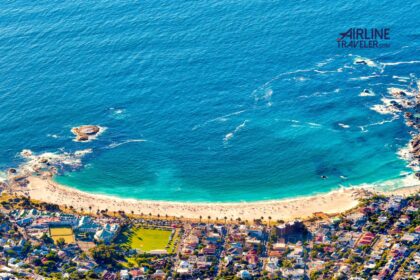Introduction
Europe, with its rich tapestry of history, culture, and natural beauty, is a continent that never fails to captivate travelers. While iconic landmarks and bustling cities often steal the spotlight, there exists a realm of hidden gems scattered across the continent, waiting to be explored by those seeking a more off-the-beaten-path adventure. In this article, we’ll unveil some of Europe’s best-kept secrets – enchanting destinations that offer a unique and authentic experience away from the crowds.
Hallstatt, Austria: A Lakeside Fairytale
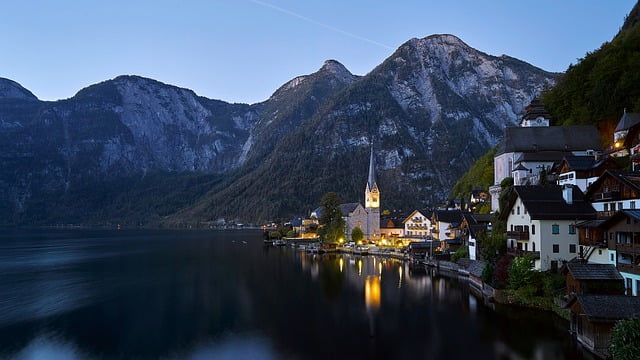
Tucked away in the Austrian Alps, Hallstatt is a picturesque village that seems to have emerged from the pages of a storybook. Nestled between the Dachstein Alps and the Hallstätter See, this charming destination boasts cobblestone streets, pastel-colored houses, and a serene lakeside setting. Hallstatt offers a tranquil escape for those seeking to immerse themselves in Austria’s natural beauty while avoiding the crowds of larger cities.
Giethoorn, Netherlands: The Venice of the North
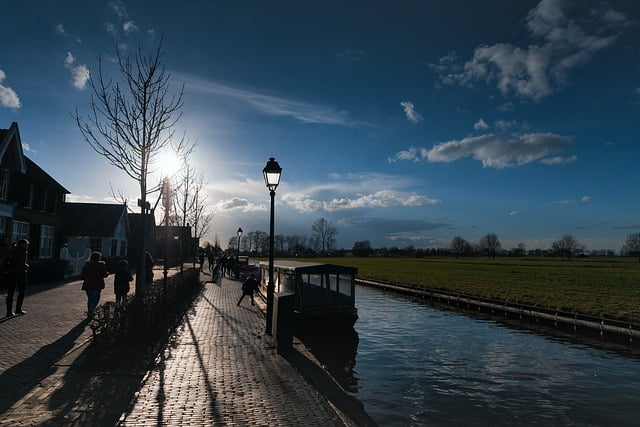
Giethoorn, often referred to as the “Venice of the North,” is a hidden gem in the Netherlands. This enchanting village is known for its idyllic canals, quaint wooden bridges, and charming thatched-roof cottages. With no roads, the primary mode of transportation is by boat, adding a unique and serene dimension to this hidden gem. Giethoorn provides a peaceful retreat for those looking to experience the Dutch countryside in a more secluded setting.
Plitvice Lakes National Park, Croatia: Nature’s Masterpiece
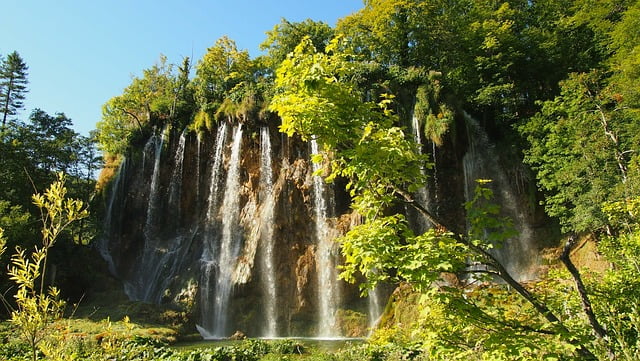
While Croatia’s coastline is a popular destination, the country hides a natural wonder in its interior – the Plitvice Lakes National Park. A UNESCO World Heritage site, this park is a mosaic of lakes, waterfalls, and lush forests. Wooden boardwalks guide visitors through the breathtaking scenery, allowing for an intimate encounter with nature. Plitvice Lakes is an off-the-beaten-path gem that showcases Croatia’s diverse and stunning landscapes.
READ ALSO: Top 5 Craft Beer Destinations in Europe
Sintra, Portugal: Where Fairytales Come to Life
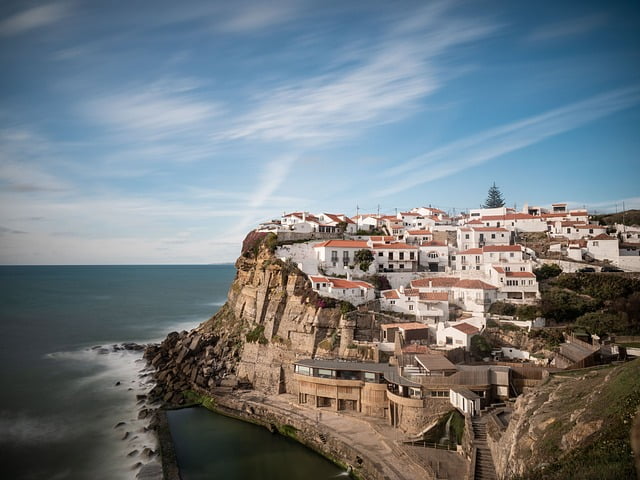
Nestled in the hills of Portugal, Sintra is a town that exudes charm and history. With its colorful palaces, elaborate gardens, and medieval castle ruins, Sintra feels like a place straight out of a fairytale. A short journey from Lisbon, this UNESCO World Heritage site offers a magical escape from the hustle and bustle of the city, making it an ideal destination for those seeking a unique blend of history and fantasy.
Faroe Islands, Denmark: Nature’s Symphony in the North Atlantic
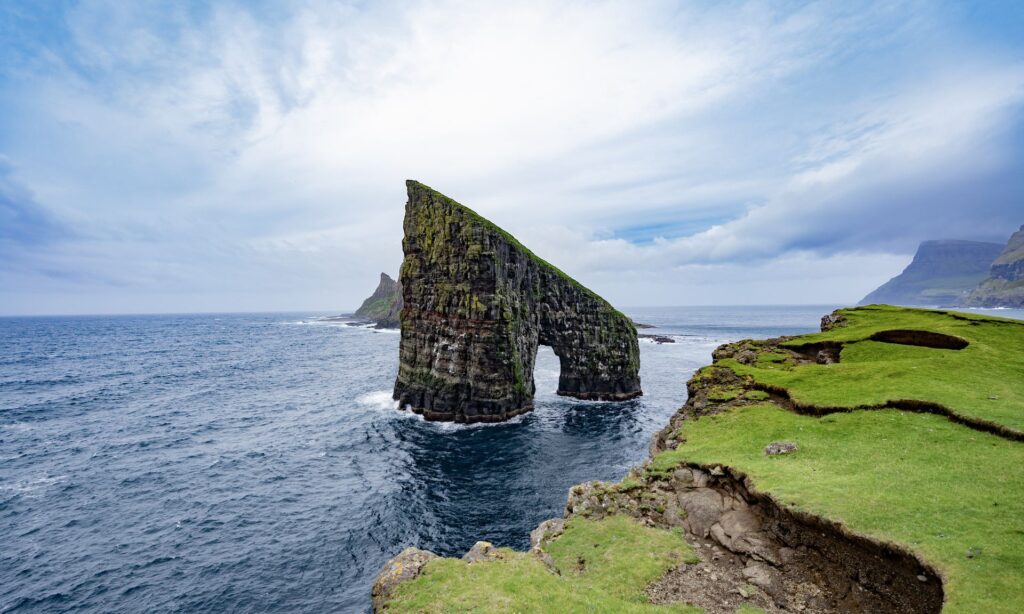
For a truly off-the-beaten-path adventure, consider the Faroe Islands – an archipelago in the North Atlantic Ocean. With their dramatic landscapes, including towering cliffs, rugged coastlines, and rolling green hills, the Faroe Islands are a paradise for nature lovers and outdoor enthusiasts. The small villages scattered across the islands offer a glimpse into the unique culture and way of life of the Faroese people.
While Europe’s famous landmarks and bustling cities undoubtedly have their allure, the continent’s hidden gems provide a more intimate and authentic travel experience. Whether it’s the fairytale charm of Hallstatt, the canal-laced tranquility of Giethoorn, the natural wonders of Plitvice Lakes, the enchanting beauty of Sintra, or the remote landscapes of the Faroe Islands – these off-the-beaten-path destinations beckon to those willing to venture beyond the tourist hotspots and discover the true essence of Europe. So, pack your bags, step off the well-trodden path, and let the hidden gems of Europe unveil their secrets to you.
Frequently asked questions
Below is a list of frequently asked questions (FAQs) along with their answers:
Q: What is the best time to visit Europe?
A: The best time to visit Europe depends on the region and your preferences. Generally, late spring (April to June) and early fall (September to October) offer mild weather and fewer crowds.
Q: Do I need a visa to travel to Europe?
A: Visa requirements vary by country and your nationality. Check with the embassy or consulate of the specific countries you plan to visit for the most accurate and up-to-date information.
Q: What are some budget-friendly travel options in Europe?
A: Consider using budget airlines, staying in hostels or budget accommodations, and exploring local markets for affordable meals. Additionally, many European cities offer free walking tours.
Q: Are there any off-the-beaten-path destinations in Europe?
A: Yes, Europe is home to many hidden gems. Some examples include Hallstatt in Austria, Giethoorn in the Netherlands, Plitvice Lakes in Croatia, Sintra in Portugal, and the Faroe Islands in Denmark.
Q: Is it safe to travel in Europe?
A: Generally, Europe is considered safe for travelers. However, it’s essential to stay vigilant, be aware of your surroundings, and take common-sense precautions to ensure your safety.
Q: What is the best way to travel between European countries?
A: The best way to travel between European countries depends on your preferences and the distance involved. Options include trains, buses, budget airlines, and, in some cases, rental cars. The Eurail pass is a popular choice for train travel.
Q: Can I use my credit/debit card in Europe?
A: Credit and debit cards are widely accepted in Europe. However, it’s advisable to inform your bank of your travel dates to avoid any issues, and it’s a good idea to carry some local currency for places that may not accept cards.
Q: What languages are spoken in Europe?
A: Europe is linguistically diverse. English, French, German, Spanish, Italian, and Russian are among the most widely spoken languages, but many regions have their own languages and dialects.
Q: Are there any cultural etiquette tips for travelers in Europe?
A: Respect local customs and traditions. In many European countries, it’s customary to greet people with a handshake, and tipping practices may vary. Familiarize yourself with basic cultural norms to ensure a positive and respectful travel experience.
Q: What are some must-try foods in Europe?
A: European cuisine varies widely, but some iconic dishes include Italian pasta and pizza, French croissants and baguettes, Spanish paella, and Greek moussaka. Don’t forget to indulge in local specialties and street food during your travels.
These are general answers, and it’s essential to research specific details based on your travel itinerary and preferences.
Conclusion
In conclusion, Europe’s diverse landscapes, rich history, and vibrant cultures offer a treasure trove of experiences for travelers. Whether you choose to explore the iconic landmarks of well-known cities or venture off the beaten path to discover hidden gems, Europe has something to offer for every type of adventurer.
The continent’s enchanting destinations, such as the fairytale village of Hallstatt, the canal-laced tranquility of Giethoorn, the natural wonders of Plitvice Lakes, the magical beauty of Sintra, and the remote landscapes of the Faroe Islands, beckon to those seeking a more intimate and authentic travel experience.
As you plan your European journey, consider the off-the-beaten-path destinations to uncover the true essence of each region. From quaint villages to breathtaking natural wonders, these hidden gems promise unique adventures and the chance to create lasting memories. So, whether you’re drawn to historical sites, picturesque landscapes, or local cuisines, Europe’s hidden gems await your discovery, promising a travel experience like no other. Embark on your journey, explore the lesser-known corners, and let Europe’s secrets unfold before you.
In another related article, Things To Know When Planning Your First Trip To Europe




